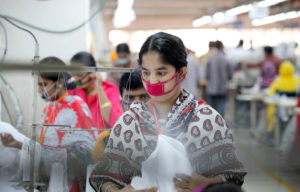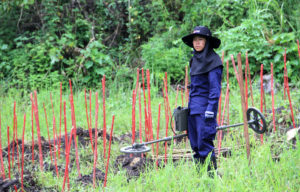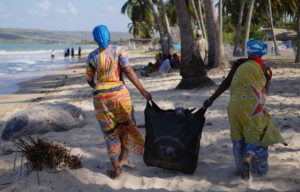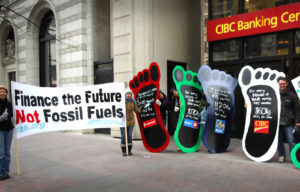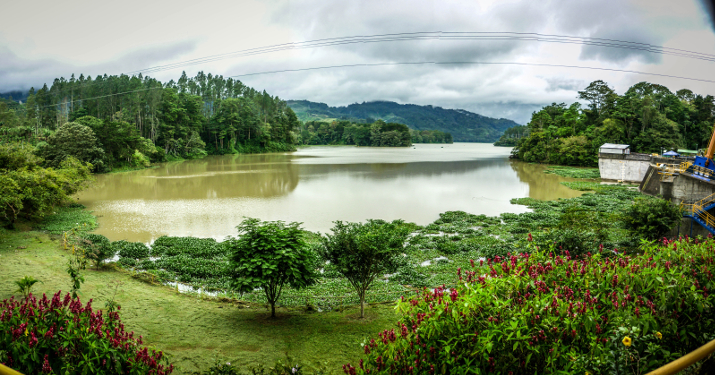
CC by Javier Chacon
100 percent clean energy in Costa Rica
The power stations of Costa Rica have not burnt any fossil fuels during the first months of 2015. All electricity came from sustainable sources.
Share
Other categories
Region: Latin America
Theme: Climate, Sustainability
The small Central American country of Costa Rica is in many ways seen as an example of progress in Latin America, especially when it comes to the protecting the environment. The country’s rainforest is left to grow, benefiting both nature and the tourism industry, and the country has a well-developed energy network that draws on power from four big hydroelectric dams.
Thanks to plenty of rainfall lately, the Costa Rican public energy company (ICE) has announced that the country’s power plants have not burnt any oil for the first quarter of 2015, since hydroelectric power and other types of sustainable energy have been sufficient to provide for the country’s energy needs. This means that the CO2 emissions from the power plants have been zero.
This benefits both the climate and the consumers, since ICE estimates that the savings on fossil fuels will lead to utility bill savings of about 15 percent, if current trends continue. About two thirds of Costa Rica’s energy is supplied by hydroelectric dams, with the rest supplied by other sustainable energy sources such as solar panels, wind turbines, and geothermal energy. This has made the World Wildlife Federation (WWF) declare the country as the clean energy leader of Latin America. The country is “taking giant strides and is a role model for the region”, says WWF in its latest report on green energy in Latin America.
Hope for global green development
The news from Costa Rica came just a few days after a press release from the International Energy Agency (IEA), announcing that 2014 was the first year without increases in the global CO2 emissions, despite continuing economic growth.
According to the IEA, the unchanged emissions are partly due to China investing in more sustainable energy, and also due to the fact that many highly developed nations have started to use electricity more efficiently. It’s still unknown if the slowdown in emissions will last, but IEA sees clear positive signs that it’s indeed possible to have economic development while decreasing emissions of CO2.
“This gives me even more hope that humanity will be able to stand together to fight climate change, the most serious threat that we face today,” says Fatih Birol, chief economist and soon to be executive director of IEA, in the press release.
However, a group of big environmental organisations have issued a joint warning, saying that it’s not enough to stop the emissions from increasing. They must also be greatly reduced from present levels, if global warming is to be kept under the two degrees celcius that many scientists believe is the tipping point where climate change will likely get out of control.
